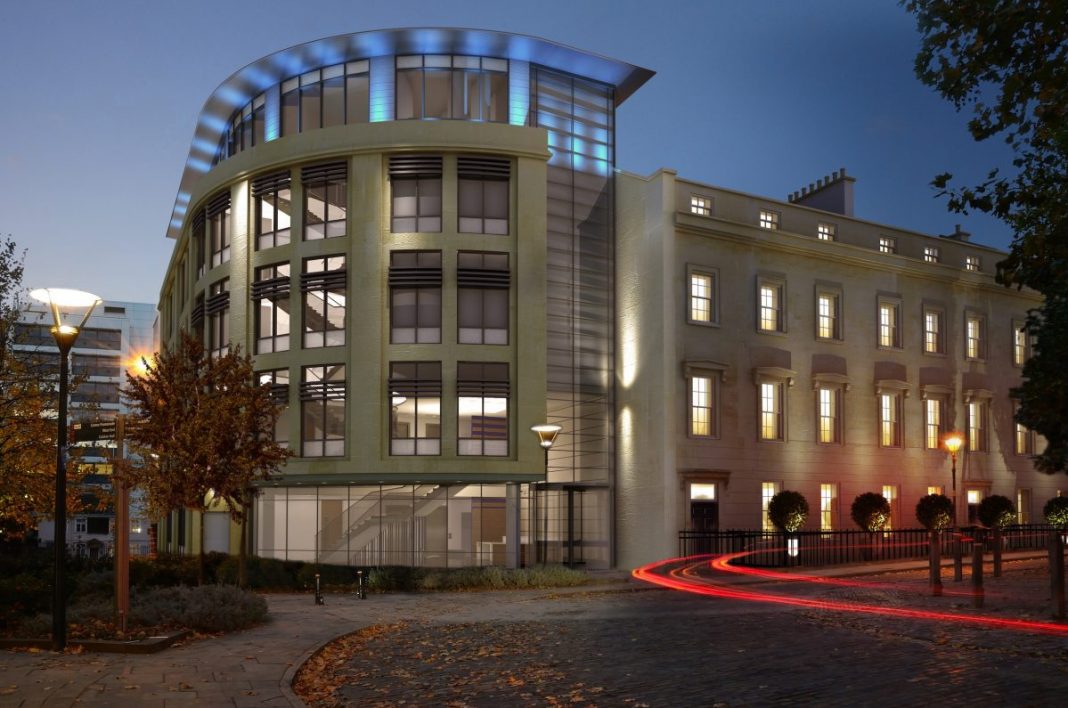Ryan Simmonds, sales director of framing at voestalpine Metsec plc, the first tier 2 designer and manufacturer certified to BIM Level 2 for Design and Construction in the UK, explores the processes involved in BIM and how time is a crucial element in its successful deployment
Building Information Modelling (BIM) Level 2 came into force in 2016 as a requirement for public sector projects but, despite becoming a compulsory requirement in large public projects, research suggests there is still a significant number of organisations that don’t fully understand the complexities and time involved in a successful BIM project.
What is BIM?
The notion of BIM is the process of designing, constructing or operating a building, infrastructure or landscape asset using electronic information. In practice, this means that a project can be designed and built using data sets and images digitally, even before the first spade goes in the ground.
The objective of BIM is to satisfy the three components of a successful project, namely time, cost and quality, by managing the project using a more efficient and reliable method of work.
Legislation and adoption
The UK government published its BIM strategy in June 2011, with the requirement for BIM Level 2 to be used in all government construction projects of £5m and over. This came into force in April 2016. What was industry best practice has now become a compulsory part of major projects.
While statistics show a substantial increase in BIM adoption, with 13% of projects using it in 2010, increasing to 54% in 2015, the RIBA NBS report also suggests a lot of uncertainty still of what BIM is, when to engage and its standard practices.
However, the report also shows that BIM is on a steep trajectory. Within one year, 86% of people expect to use BIM on at least some of their projects, this number rising to 95% in three years and 97% in five years. If these projections are realised, BIM will become routine and near universal.
With this increased use of BIM, it is vital that all parties fully comprehend all the factors involved in the success of a BIM-modelled project.
The BEP and EIR are both critical to the smooth running and success of a BIM project. However, the most critical overarching consideration, and that which can have the biggest impact, is time.
Historically, extra time was factored in through a project. With BIM projects, working the majority of this time into the initial design stages increases the likelihood of a smooth running and on time and budget delivery of a project.
Time
Essentially, BIM enables you to build a project piece by piece, adding all components together at the design stage.
Historically, using basic CAD drawings, elements of the building that were altered during the design stages could be amended quite easily, with a designer altering the height of a window or the location of a door, and then submitting these changes to the client within a relatively short timeframe.
While this is a quick process, using basic CAD drawings doesn’t allow project managers to cost the project, understand the impact the changes to design will have on the overall cost of the project, or the timings. The figures must be calculated separately, which in turn adds to the overall project time.
Conversely, with BIM, the time invested to ensure smooth running and efficiency needs to be frontloaded. Amendments to the design need to take into account the impact they can have on lead times.
Key to success of BIM is to front-load the time at the design stages to ensure all parties have agreed on the specification of the project, the products required and the building methods to be used. This results in fewer design stages and amendments, removing the risk of any potential delays. While an increased timeframe in the early stages of the project can make project managers nervous, BIM Level 2 is a new way of working, and that time will be saved in the later stages.
For BIM to have a real impact, clients must be encouraged to engage in the opening stages of a project to audit what solutions and products on the market could be used. This promotes collaboration throughout the process and to have all parties working together from the opening stages means
fewer alterations required in later stages. This way of working confirms the government target of 33% reduction in cost by reducing waste, and 50% overall reduction of project timescale.
For those who adopt BIM, the impact on the business is designed to be positive, increasing competitiveness, transparency and efficiency across the board.
Ryan Simmonds
Sales Director – Framing
voestalpine Metsec plc
Tel: +44 (0)121 601 6000
Twitter: @MetsecUK

















